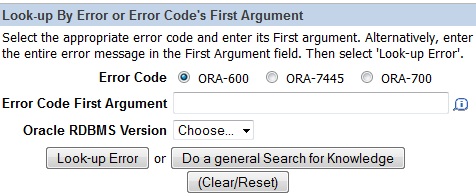Oracle Database Resource Manager (the Resource Manager) : enables you to optimize resource allocation among the many concurrent database sessions.
When database resource allocation decisions are left to the operating system, you may encounter the following problems:
Excessive overhead results from operating system context switching between Oracle Database server processes when the number of server processes is high.
The operating system deschedules database servers while they hold latches, which is inefficient.
- Inappropriate allocation of resources
The operating system distributes resources equally among all active processes and is unable to prioritize one task over another.
- Inability to manage database-specific resources, such as parallel execution servers and active sessions
Check The Resource Manager On your Database :
SQL> show parameter resource_manager_plan
NAME TYPE VALUE
------------------------------------ ----------- ------------------------------
resource_manager_plan string SCHEDULER[0x3003]:DEFAULT_MAIN
TENANCE_PLAN
All this is Introduction about the Error that appear when you upgrade to 11g , you will getting the following messages in the alert.log.
Setting Resource Manager plan SCHEDULER[0x51B5]:DEFAULT_MAINTENANCE_PLAN via scheduler window
Setting Resource Manager plan DEFAULT_MAINTENANCE_PLAN via parameter
Thu Feb 05 22:00:03 2009
Begin automatic SQL Tuning Advisor run for special tuning task "SYS_AUTO_SQL_TUNING_TASK"
Thu Feb 05 22:00:39 2009
End automatic SQL Tuning Advisor run for special tuning task "SYS_AUTO_SQL_TUNING_TASK"
Solution to Disable the resource manager , Steps to Do this :
1-set the current resource manager plan to null
alter system set resource_manager_plan='' scope=both
2-change the active windows to use the null resource manager plan
execute dbms_scheduler.set_attribute('WEEKNIGHT_WINDOW','RESOURCE_PLAN','');
execute dbms_scheduler.set_attribute('WEEKEND_WINDOW','RESOURCE_PLAN','');
3-run :
SQL> execute dbms_scheduler.set_attribute('','RESOURCE_PLAN','');
You Can Also Disable SQL tuning By :
BEGIN
DBMS_AUTO_TASK_ADMIN.DISABLE(
client_name => 'sql tuning advisor',
operation => NULL,
window_name => NULL);
END;
/
Osama Mustafa








